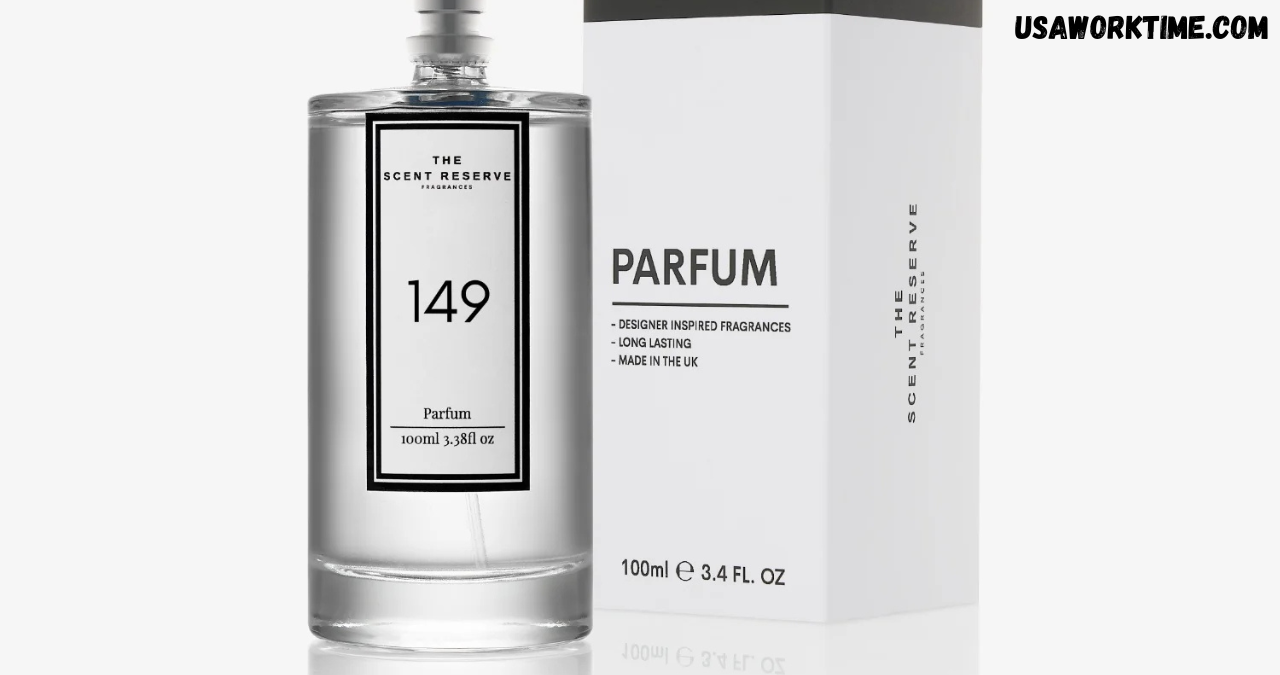Introduction
The Scent Reserve is a powerful force that often goes unnoticed, yet it holds a profound influence over memory, emotion, and culture. In a world rapidly advancing toward the digital and ephemeral, scent remains one of the few deeply rooted, sensory experiences that can evoke the past with stunning clarity. This is where The Scent Reserve steps in—a pioneering initiative dedicated to preserving the olfactory heritage of humanity. It is a response to an increasingly scent-neutral world, where traditional aromas are fading under the weight of industrialization and climate change.
The importance of scent cannot be understated. Unlike our visual or auditory senses, our sense of smell is directly linked to the brain’s limbic system, which governs emotion and memory. One whiff of an old perfume or the scent of fresh jasmine can instantly transport a person to another time, place, or emotional state. Scent, therefore, is not just a fleeting experience but a profound archival medium of culture and history.
As we forge ahead into an uncertain ecological future, The Scent Reserve is not merely a nostalgic project—it is a necessary cultural endeavor. Its mission is to capture, catalog, and conserve scents before they vanish forever. This article explores the human connection to scent, the origins and objectives of The Scent Reserve, the endangered aromas it seeks to protect, and how technology and ethics play pivotal roles in its success.
The Forgotten Sense The Power of Scent in Human Experience
Scent is often referred to as the “forgotten sense,” but its impact is undeniable. Historically, civilizations such as the Egyptians, Greeks, and Romans revered scent. Perfumes were not merely luxuries but sacred items used in religious rituals, embalming, and medicine. Frankincense, myrrh, and sandalwood were traded like gold, signifying their immense value in ancient society. In medieval times, scented sachets were used to ward off disease, and rose water was splashed liberally to mask the stench of crowded cities.
Science reinforces what these civilizations intuitively understood. The olfactory bulb, located in the nose, is directly connected to the limbic system—home to emotion and long-term memory. This biological link explains why scent can instantly conjure vivid memories and feelings. For example, the aroma of freshly baked bread may remind someone of their grandmother’s kitchen, while a specific cologne might evoke a long-lost romance. Unlike other senses, smell bypasses cognitive filters, delivering raw, unfiltered emotional data directly to the brain.
Culturally, scent shapes identity. From religious incense in temples to the signature perfumes of royalty, scents have always played a role in how societies express themselves. National and regional identities are often tied to specific smells: the salty air of a Mediterranean village, the smoky incense of an East Asian shrine, or the earthy aroma of an African savanna. These olfactory imprints are as much a part of cultural heritage as language or music.
Understanding the power of scent helps us recognize why its preservation is so critical. As we lose traditional smells to modernity, we risk losing a part of ourselves. The Scent Reserve aims to capture this intangible essence before it fades into oblivion.
What is The Scent Reserve? Origins, Purpose, and Vision
The Scent Reserve is a revolutionary initiative aimed at cataloging and conserving scents that are at risk of disappearing. This project operates at the intersection of science, culture, and art, seeking to preserve olfactory elements that represent historical, ecological, or emotional significance. Whether it’s the scent of an extinct flower, a discontinued perfume, or the specific smell of an ancient forest, The Scent Reserve is committed to immortalizing these ephemeral elements.
The concept emerged from the growing awareness that scents—unlike visual or auditory records—are not easily preserved. Inspired by institutions like the Osmothèque in France, a scent archive that collects and restores old perfumes, The Scent Reserve takes a more global and inclusive approach. It isn’t limited to luxury fragrances but also includes indigenous oils, endangered plant essences, and cultural aromas tied to rituals and traditions. The goal is to create a comprehensive library of scents that can be accessed and appreciated by future generations.
Central to The Scent Reserve’s vision is accessibility and education. Unlike traditional archives that are often cloistered, this initiative seeks public engagement. Through collaborations with museums, universities, and perfumeries, it aims to democratize the experience of scent preservation. Visitors can engage with the scents through interactive exhibits, digital scent samplers, and virtual reality experiences that simulate environments associated with each aroma.
Ultimately, The Scent Reserve is more than an archive. It is a call to recognize the value of scent in our cultural and personal narratives. It invites us to reflect on what we stand to lose if we ignore this vital aspect of our sensory world.
Scents Worth Saving Rare, Endangered, and Iconic Aromas

The world is teeming with scents that are vanishing at an alarming rate. Climate change, urbanization, deforestation, and synthetic alternatives are pushing many natural aromas toward extinction. The Scent Reserve identifies and prioritizes the preservation of these endangered olfactory treasures. From the sweet, musky fragrance of the Himalayan Blue Poppy to the smoky, resinous notes of endangered frankincense trees in Oman, these are scents on the brink.
Many iconic perfumes are also becoming rare. Regulatory changes, discontinued ingredients, and business closures have led to the disappearance of classic formulations. For instance, perfumes containing natural musk or oakmoss are increasingly scarce due to ethical and environmental regulations. The original versions of such scents are now considered artifacts of fragrance history, worthy of preservation.
Cultural scents, too, are under threat. The aromatic smoke of Japanese kōdō incense ceremonies, the spice-laden markets of Marrakech, or the floral garlands used in South Indian festivals—these unique scentscapes are being diluted by modernization. When a traditional practice disappears, the scent that defines it often vanishes too, leaving a gap in the sensory fabric of a culture.
By identifying these vulnerable aromas, The Scent Reserve acts as a guardian of olfactory diversity. Each preserved scent tells a story, offering insight into human traditions, environments, and lifestyles. The archive serves as a testament to the richness of our sensory world and a reminder of what is at stake if we fail to act.
Preserving the Ephemeral Technology, Sustainability, and Innovation
Preserving scent presents unique challenges, but recent technological advancements are making the impossible achievable. Techniques like headspace technology capture the scent of an object or environment without destroying it, while gas chromatography can break down and replicate the chemical composition of complex fragrances. These tools allow The Scent Reserve to recreate and store scents with remarkable fidelity.
Sustainability is a core pillar of the preservation process. Many rare scents come from endangered plants or animal-derived substances that are no longer ethically or legally obtainable. In these cases, synthetic biology and green chemistry offer solutions. Scientists can now produce lab-grown versions of natural molecules, ensuring both preservation and ethical responsibility.
Collaborations play a key role in advancing the mission. The Scent Reserve works with botanists, chemists, perfumers, and cultural anthropologists to ensure each scent is preserved accurately and meaningfully. Museums and art installations increasingly incorporate scent as part of their exhibits, transforming passive viewing into immersive, multisensory experiences.
Innovation is also reshaping how scents are shared. Digital scent devices, scent-enabled VR, and online scent databases are bringing olfactory experiences to new audiences. This fusion of tradition and technology ensures that scent preservation is not static but evolving with modern sensibilities.
Conclusion
The Scent Reserve represents a profound intersection of memory, culture, and innovation. In preserving the fragrances that define human experience, it safeguards not just scents but stories, identities, and histories. As our world changes rapidly, the effort to conserve these ephemeral treasures becomes more urgent.By bridging art, science, and sustainability, The Scent Reserve offers a blueprint for how we can honor the past while innovating for the future. It reminds us that scent, though invisible, holds the power to connect us across time and space. Supporting initiatives like this is not merely about fragrance—it is about preserving the essence of humanity.
You May Also Read: https://usaworktime.com/







